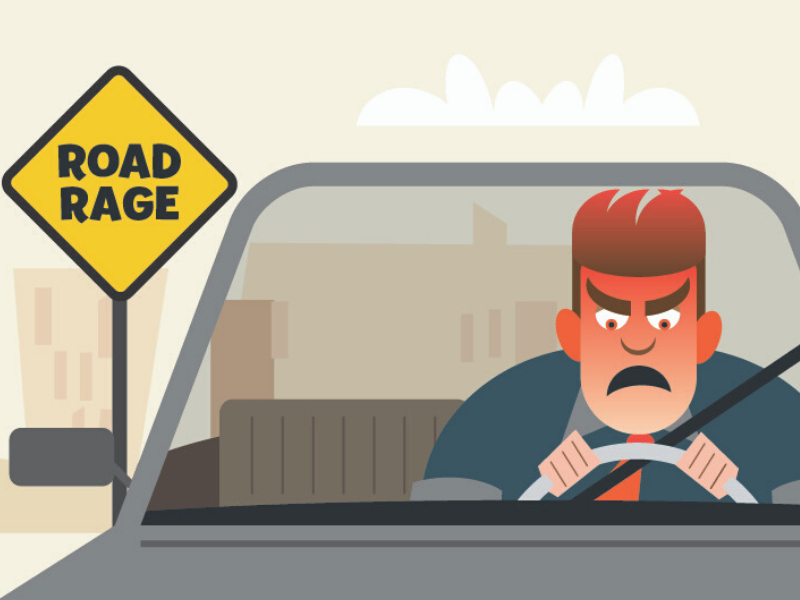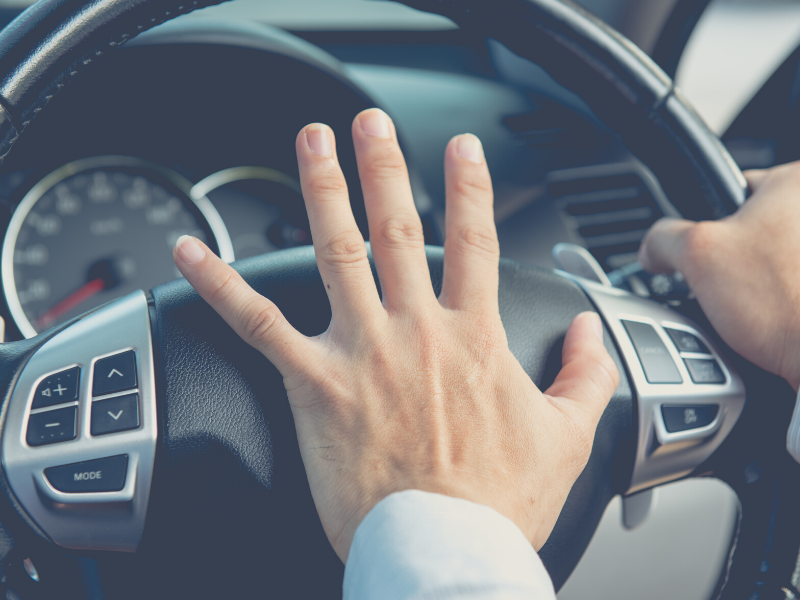- Don’t rush. Give yourself time to get where you’re going; you’re less likely to become impatient and take unnecessary risks.
- Cool off. If you’re upset, take time to calm down.
13th November 2019
How to avoid road rage

With more and more people in the world, our roads are becoming increasingly crowded.
Sat behind the steering wheel inside our cars, it’s easy to feel isolated from the world and forget that there are other people with different priorities. Because of this, we are often far less polite to one another while driving than we would be if we met in person and had to face each other on a much more personal level.
Additionally, when we’re all frustrated with the traffic conditions, sometimes people make mistakes which result in impolite or irrational driving manoeuvres. This, in turn, often leads to anger from other frustrated drivers, resulting in a cascade of hostility and ultimately road rage, which can pose a significant threat to health and safety for everyone on the road.
Factors Contributing To Road Rage
- Traffic delays
Heavy traffic, sitting at traffic lights, looking for a parking space or even waiting for passengers can increase a driver’s anger level. - Running late
Running late for a meeting or appointment can cause drivers to be impatient. - Anonymity
If drivers feel that they probably won’t see other drivers again, they may feel more comfortable engaging in risky driving behaviours like tailgating, cutting people up, excessive beeping of the horn or making rude gestures. - Disregard for others and the law
Some drivers may think the rules don’t apply to them. - Habitual or learned behavior
For some drivers, aggressive driving may be the norm.
Most Common Forms Of Road Rage
- Tailgating
- Yelling
- Beeping the horn in anger
- Making angry gestures
- Trying to block another vehicle from changing lanes
- Cutting up another vehicle on purpose
- Getting out of the vehicle to confront another driver
- Bumping into or ramming another vehicle on purpose

TIPS TO AVOID A ROAD RAGE INCIDENT
- Give other drivers a break. If someone is driving slowly, keep in mind they might be lost.
- Use hand gestures wisely. Keep gestures positive—say, waving to a driver who lets you in when merging.
- Don’t tailgate. Always keep a safe distance from the car in front, no matter how slowly they might be driving.
- Lay off the horn. Beeping out of frustration won’t solve any problems; it will just increase the stress level for everyone on the road.
- Don’t stop to confront another driver. Stopping could lead to a dangerous situation for everyone.
- Stay away. Safely change lanes, gradually slow down or even exit the motorway to keep a safe distance from the aggressive driver.
- Don’t reciprocate.Ignore the temptation to respond to the other driver; it could cause the situation to escalate. Don’t make eye contact.
- Don’t stop. Stopping could lead to a person-to-person confrontation, which could be dangerous.
- Watch your back.If you’re worried that the other driver is following you, keep your doors locked and drive to the nearest police station.
By being a courteous and defensive driver, you can cut down the level of frustration you might cause other drivers, doing your part in keeping road rage at bay and help make our roads safer for everyone.